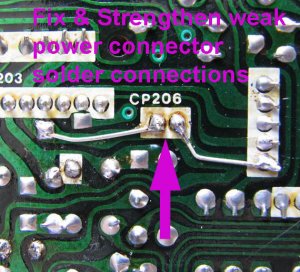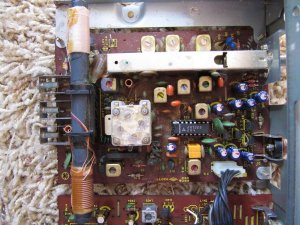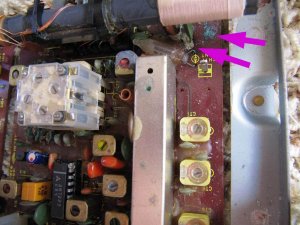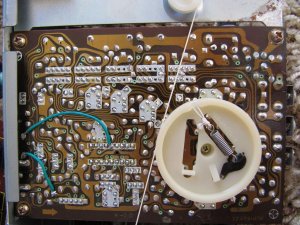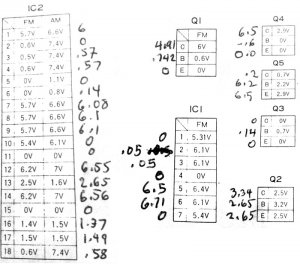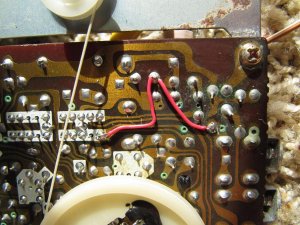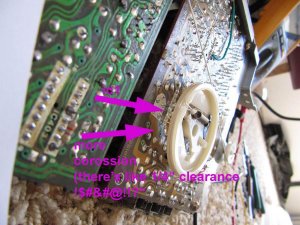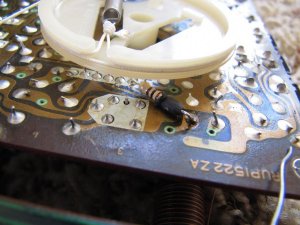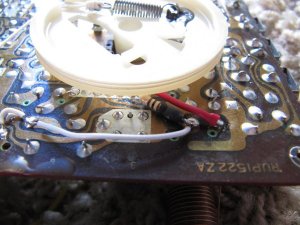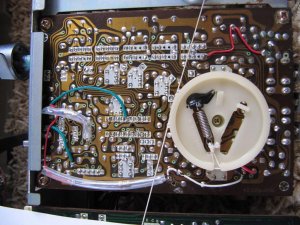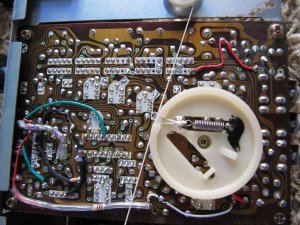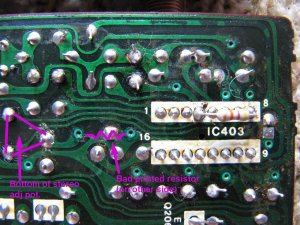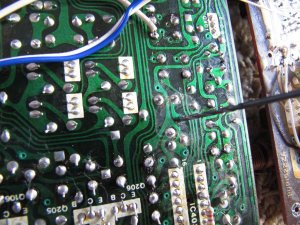Ok, I'm starting a new thread since the old one just got too long, and as this thread only will include the fixes without the 200 encouragement posts, it might be more helpful for folks needing to fix a similar type of issue.
This regards the tuner to Joe's (Blu_Fuz) RX-5350 repair thread. You can view or refresh your memory here: https://boomboxery.com/forum/index.php/topic/19914-fixing-a-legend/
As you know, Joe's 5350 had a myraid of issues, the most pressing was a tremendous HUM that left the machine useless for virtually anything. Joe had wanted me to address the hum, and it was a focused request. I never like to accept a "restore" thread on a boombox with 10,000 issues because it ends up to be a huge black hole, sucking up tons of valuable time. So fixing a hum and nothing else? I could live with that. Anyhow, the link above will show how I fixed that issue, after it had been sitting here for a year for me to free up time to look at it.
Now that the hum issue is fixed, wouldn't you know it, Joe wanted me to look at the tuner, which was NOT working at all. No response, no meter action, no sound, no AM/FM or any SW. No nothing. I don't blame him for wanting that fixed. What seemed like something insignificant when faced with a piece of gear that was for all practical purposes, a useless paper weight now seems to be an issue of greater importance since the other issue is now resolved. I great reluctance, I agreed to take a look at it. This thread is intended to document this portion of the adventure now. Hang on!
This regards the tuner to Joe's (Blu_Fuz) RX-5350 repair thread. You can view or refresh your memory here: https://boomboxery.com/forum/index.php/topic/19914-fixing-a-legend/
As you know, Joe's 5350 had a myraid of issues, the most pressing was a tremendous HUM that left the machine useless for virtually anything. Joe had wanted me to address the hum, and it was a focused request. I never like to accept a "restore" thread on a boombox with 10,000 issues because it ends up to be a huge black hole, sucking up tons of valuable time. So fixing a hum and nothing else? I could live with that. Anyhow, the link above will show how I fixed that issue, after it had been sitting here for a year for me to free up time to look at it.
Now that the hum issue is fixed, wouldn't you know it, Joe wanted me to look at the tuner, which was NOT working at all. No response, no meter action, no sound, no AM/FM or any SW. No nothing. I don't blame him for wanting that fixed. What seemed like something insignificant when faced with a piece of gear that was for all practical purposes, a useless paper weight now seems to be an issue of greater importance since the other issue is now resolved. I great reluctance, I agreed to take a look at it. This thread is intended to document this portion of the adventure now. Hang on!


